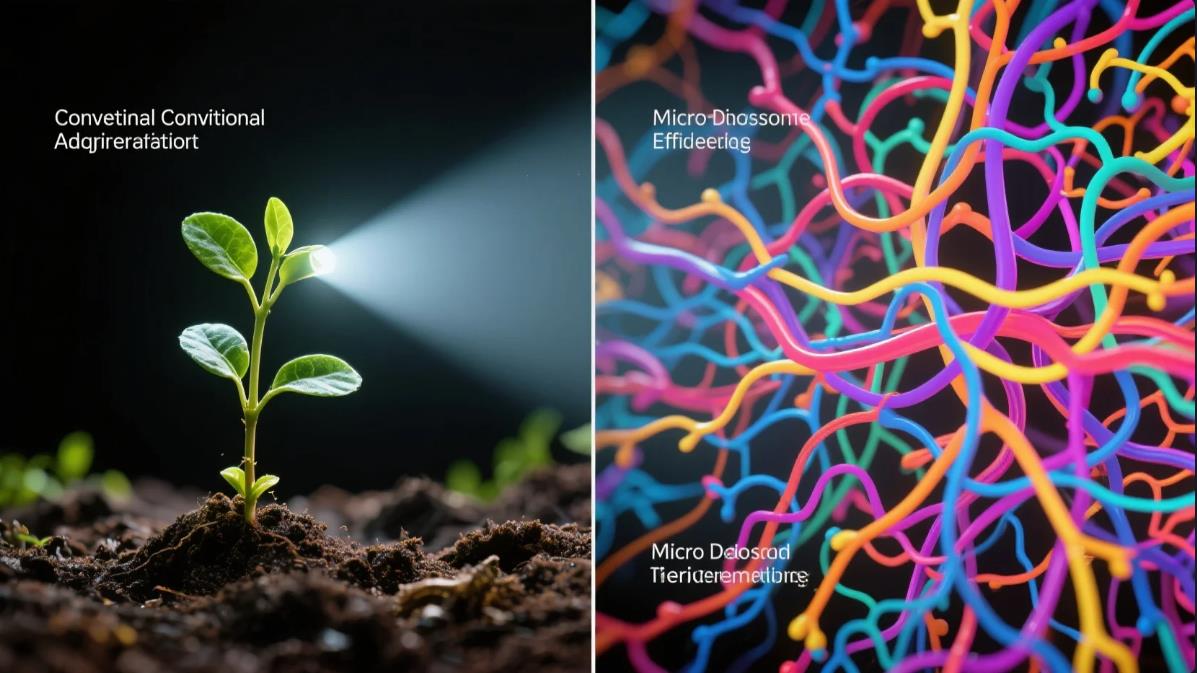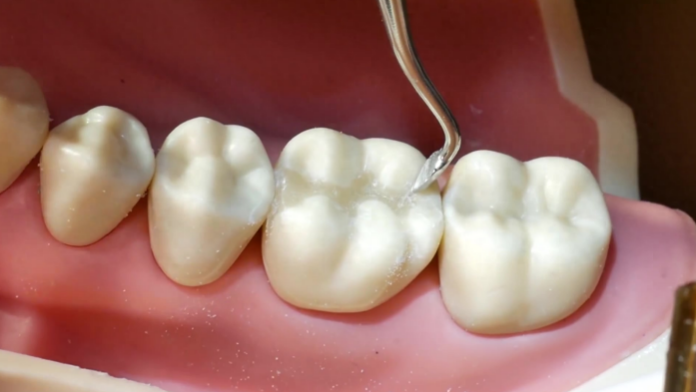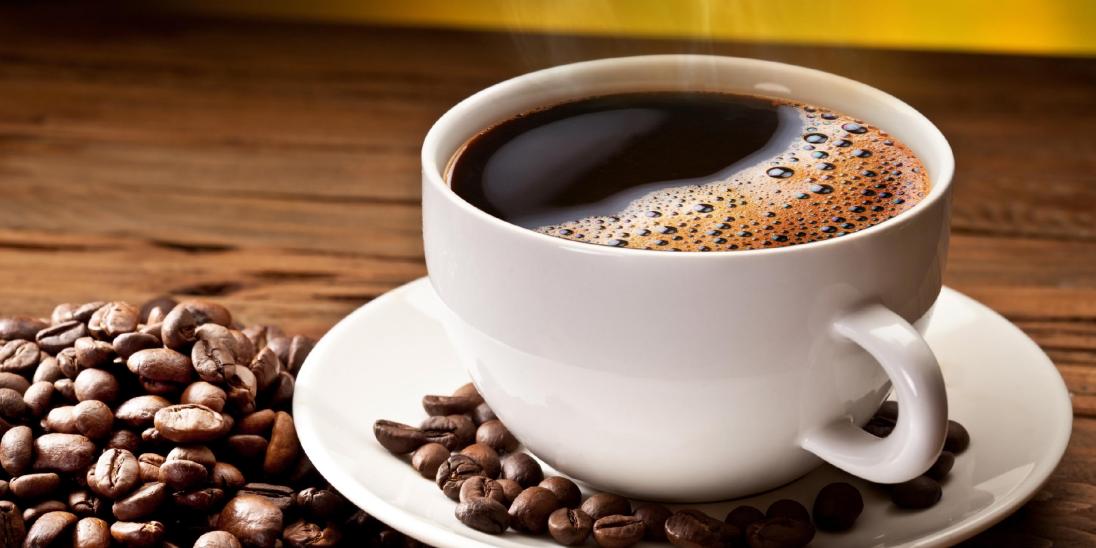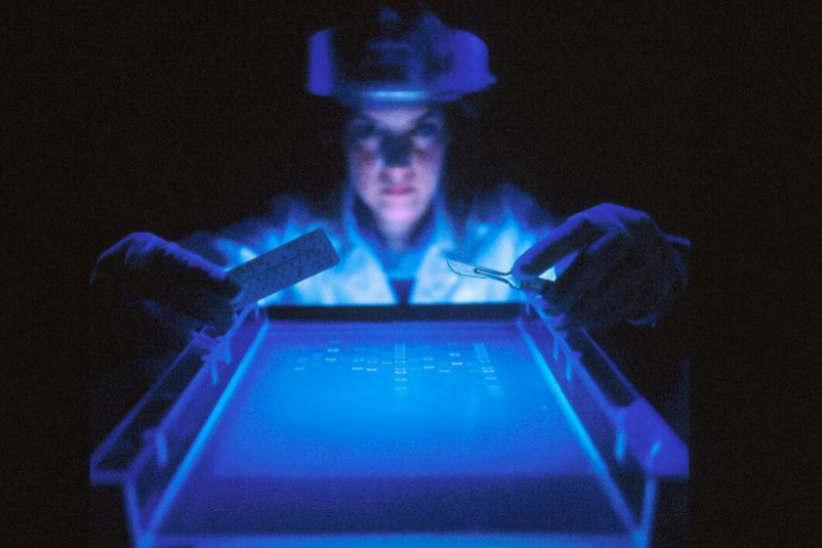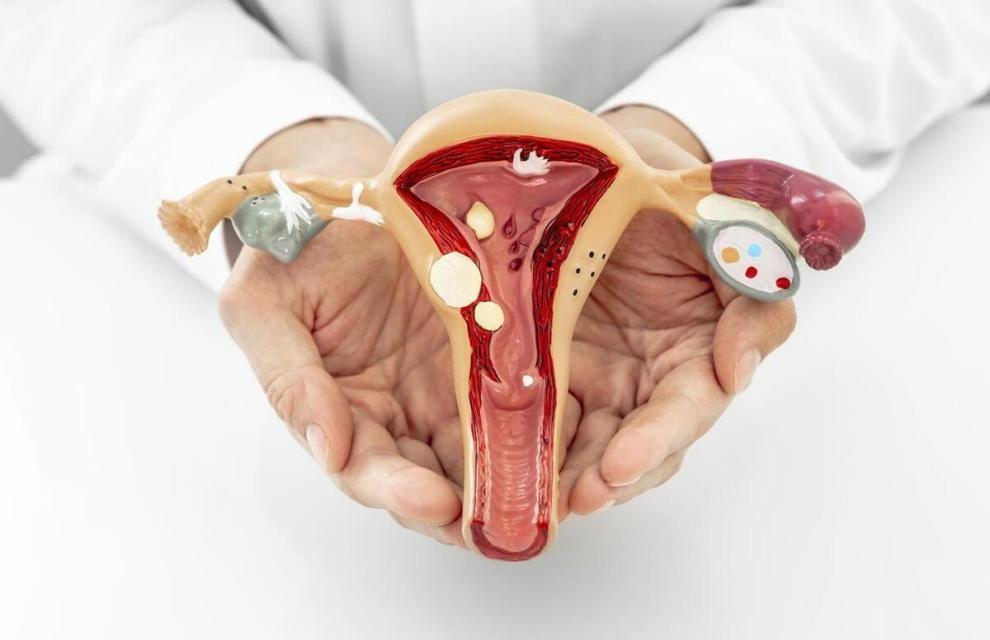The psychiatric community is witnessing a paradigm shift as microdosing psychedelics emerges from underground experimentation to legitimate clinical research. This innovative approach involves administering sub-perceptual doses of substances like psilocybin or LSD—typically 1/10th to 1/20th of a recreational dose—to achieve therapeutic benefits without inducing full psychedelic experiences. Recent studies suggest these protocols may offer breakthrough potential for conditions resistant to conventional treatments, including major depressive disorder, PTSD, and cluster headaches. Unlike traditional antidepressants that often require weeks to take effect, microdosing demonstrates rapid neurological changes, with some patients reporting improvements in mood and cognition within hours of administration.
Neuroscientific investigations reveal that microdosing works through unique mechanisms distinct from both full-dose psychedelic therapy and standard pharmaceuticals. Functional MRI scans show that even minimal doses enhance cross-talk between brain regions that typically operate in isolation, a process neuroscientists call "network disintegration and reintegration." This increased neural connectivity correlates with improved cognitive flexibility—the brain's ability to adapt thinking patterns and break free from maladaptive loops characteristic of depression and anxiety. At the molecular level, microdosing appears to stimulate neurogenesis in the hippocampus while simultaneously reducing inflammation in the default mode network, the brain system implicated in rumination and negative self-referential thinking. Imperial College London's landmark study found that just three weeks of psilocybin microdosing created measurable increases in cortical thickness, particularly in regions associated with emotional regulation.
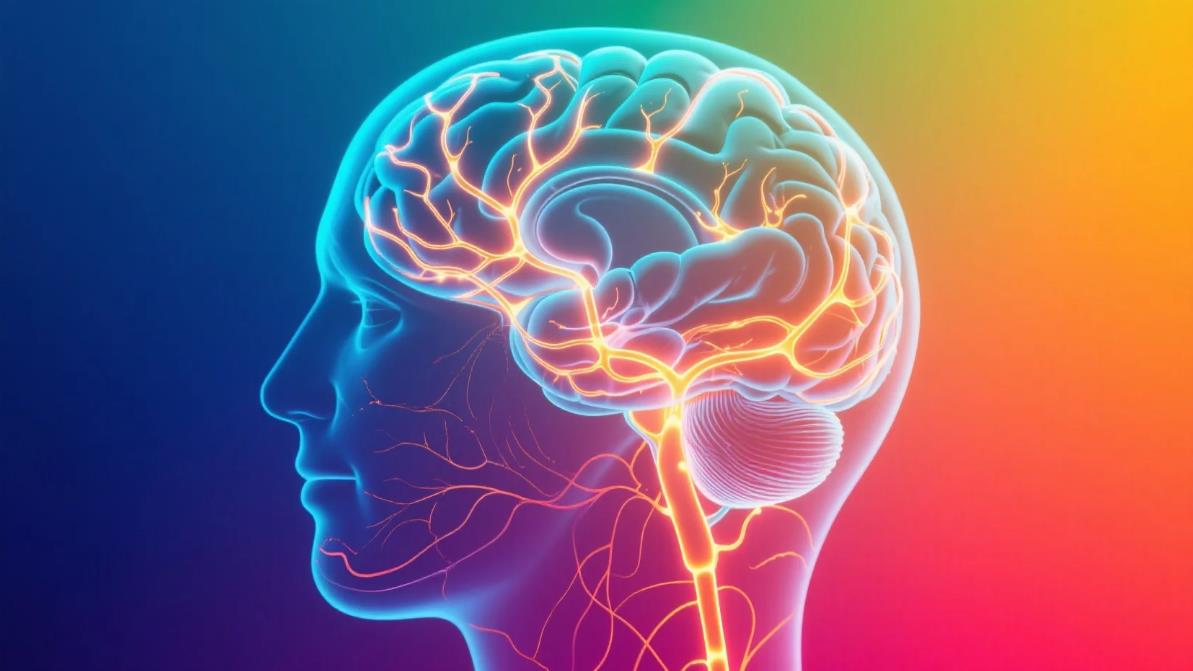
The therapeutic applications of microdosing extend beyond mood disorders. Emerging research highlights its potential for enhancing neuroplasticity in stroke recovery, improving emotional detachment in borderline personality disorder, and even mitigating cognitive decline in early Alzheimer's patients. Silicon Valley professionals have quietly driven much of the popular interest in microdosing, reporting enhanced creativity and problem-solving abilities, though these cognitive claims are only beginning to be scientifically validated. What makes microdosing particularly compelling is its apparent ability to provide these benefits without the disruption of normal functioning—patients can maintain their daily routines while undergoing treatment, a significant advantage over full-dose psychedelic therapies that require clinical supervision and recovery time.
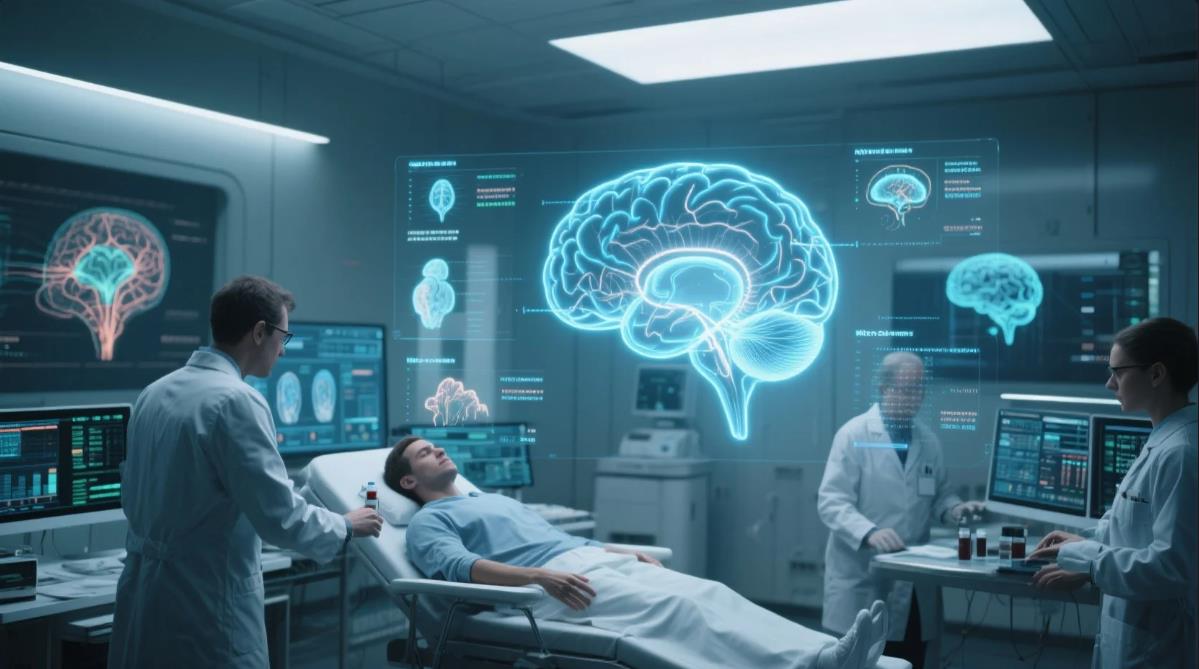
Despite its promise, microdosing research faces unique challenges. The subtlety of its effects makes double-blind studies particularly difficult to conduct, as participants often correctly guess whether they've received active compounds. There's also the matter of optimal dosing protocols—researchers are still investigating ideal substances, dosages, and schedules for different conditions. The legal landscape remains complex, though recent FDA designations of psilocybin as a "breakthrough therapy" signal growing institutional acceptance. Ethical considerations about off-label use and long-term effects continue to spark debate within the medical community.
As clinical trials progress, microdosing protocols are becoming increasingly sophisticated. Researchers at Johns Hopkins are developing "precision microdosing" regimens tailored to individual brain chemistry using advanced neuroimaging. Other institutions are exploring combination therapies that pair microdoses with specific psychotherapy techniques to amplify benefits. The coming years will likely see microdosing evolve from counterculture practice to standardized treatment, potentially offering millions of patients a new avenue for mental health care that combines the rapid efficacy of psychedelics with the practicality of conventional medications. This emerging frontier represents not just a new treatment option, but possibly a fundamental rethinking of how we approach mental wellness at the neurological level.
